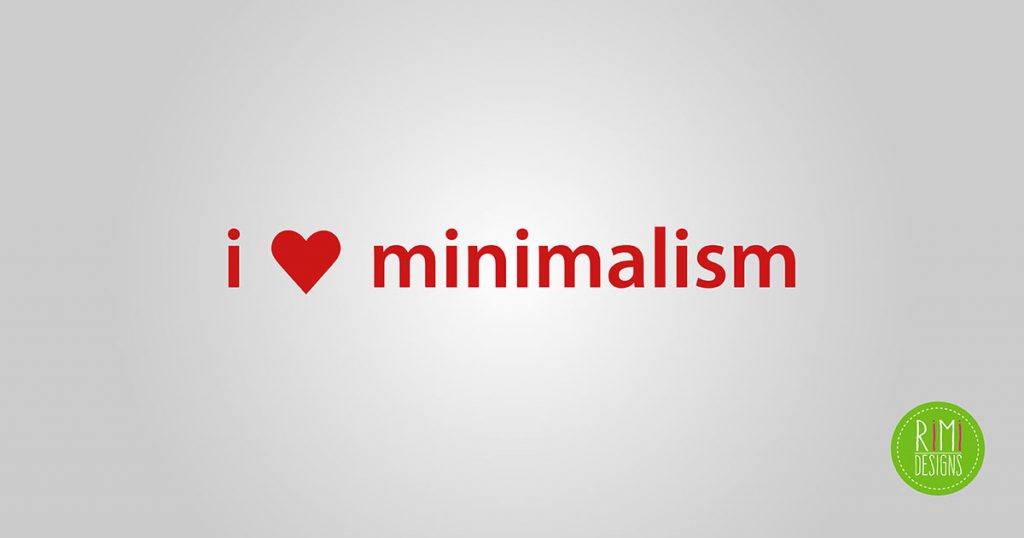
The Use of Minimalism in Design
Minimalism is a design concept that many of us admire. We strive for it in our work and enjoy looking at work that is minimalist in nature. But what actually makes something minimal?
Although we sometimes use the terms “minimal” and “simple” as if they were interchangeable, by definition, minimalism actually refers to the paring down of elements to get to the essence of something. This doesn’t mean you practise minimalist design simply by removing ornamentation. It means you ensure that every part of the design works together to the point where nothing else can be added or removed to improve it. As a matter of fact, it’s not easy to do well.
Minimalism encompasses light, form, detail of material, space, place and the human condition. It is necessary to consider simultaneously both the factors that determine how we see something and how we use it.
There is a traditional Japanese aesthetic called wabi-sabi, which is the appreciation for things that are imperfect or in a natural state. It stresses asymmetry, roughness or irregularity – the things we often enjoy about the natural environment.
Together, these qualities define what is essential about an object or a design. The tricky thing about minimalism is that it’s subjective. What is simple to me, may not be simple to someone else. Working in a minimalist fashion can be very rewarding, when you get it right.
SOURCE: .net magazine



